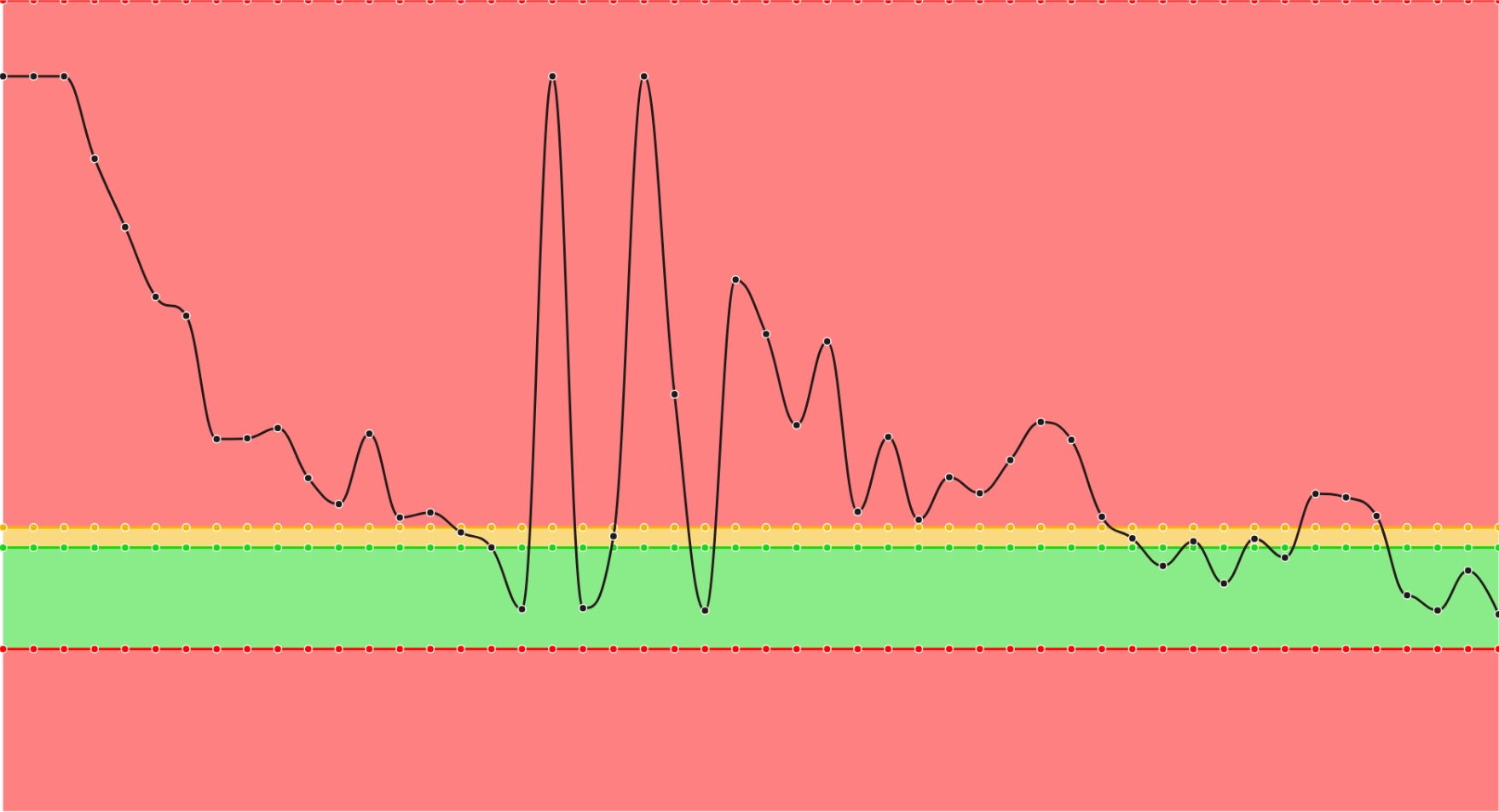Over the last year, a lot have changed in my regular day-to-day professional obligations. I still coach and am on the floor with my athletes instructing and leading sessions but another big area of my responsibilities is centered around our university-wide Athlete Management System. If you are a routine visit to this web site, you may have noticed that frequent updates to this site has slowed down over the past several months.
In addition, the interviews conduced on The Decoding Excellence Show has slowed a bit (Newsflash: My Podcast Show is not dead!). Regretfully, I haven't even invested much time editing the final manuscripts of my book "Decoding Excellence".
Truth is, nearly all of my attention has been solely focused on building something great here at University of Colorado. I've been so immersed in the deep work needed to accomplish such; both with our athletes and the management systems we're building.
Rather than those personal projects, I have invested a lot of my professional time building our athlete management system and building out a wide degree of different dashboards and reporting systems that include many different KPIs/metrics. It's been fun and challenging assessing and determining what is important within our organization.
One key thing to remember is to attempt to make dashboards and reports as simple as possible. We all have a tendency to try to over complicate things. Ultimately, one of the MOST IMPORTANT elements is making sure your data can answer the questions that any sport coach or performance coach will asking. Furthermore, you should attempt to predict questions and provide those answers ahead of time with your reports and visualizations. Your data (and the overall presentation) should be clear, concise, and complete.
"If it’s not intuitive, it’s broken and you should start back at square one."
A fundamental question you should ask is:
"What’s important to communicate?
If we are already monitoring high-speed running distances, it may be important to communicate those results in a report to a coach or athletic trainer. If we are tracking specific distance or minutes in particular speed zones, then we should include graphs or tables to communicate those rates of change. Whatever parameter is important to you and your organization, keep a check on its pulse with frequent monitoring. Observe trends and make changes when you feel it's necessary.
I've long thought:
"why be lucky, when you can be right?
While a project like this is a long-term process that has been a lot of work (and it’s far from perfect) the ability to calculate ACWRs and EWMAs, all in real time, along side of injury demographics and performance stats natively within our AMS, has been crucial.
It’s one more tool in our toolbox that allows for us to act upon objective information and refine our best practices and decisions - all in attempts to decrease injury probability and better protect our student-athletes. Whether using ACWR/EWMA with the utilization of wearable technologies, sRPE, or any other workload monitoring device, this development within the athlete management system has been a labor of love.







